Ankur Purwar
Contextual Response Interpretation for Automated Structured Interviews: A Case Study in Market Research
Apr 30, 2023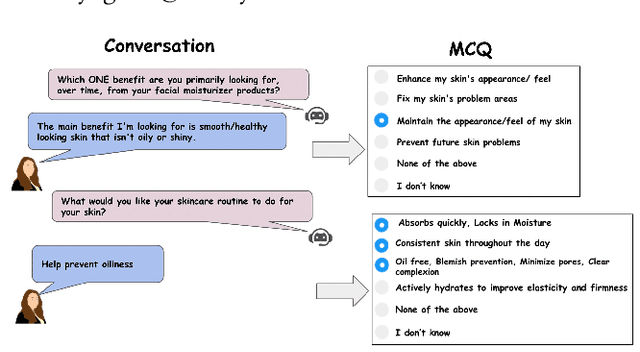

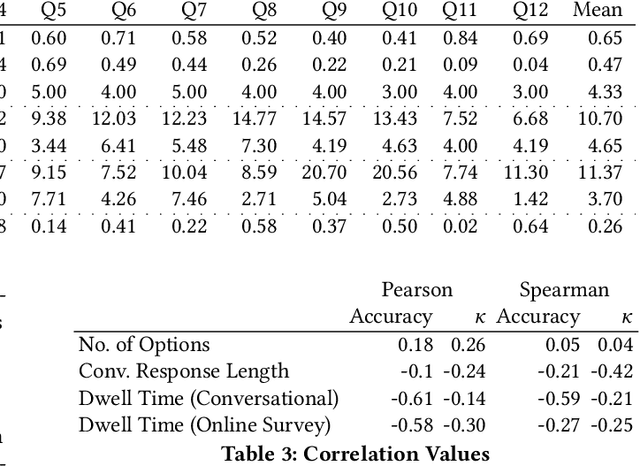
Abstract:Structured interviews are used in many settings, importantly in market research on topics such as brand perception, customer habits, or preferences, which are critical to product development, marketing, and e-commerce at large. Such interviews generally consist of a series of questions that are asked to a participant. These interviews are typically conducted by skilled interviewers, who interpret the responses from the participants and can adapt the interview accordingly. Using automated conversational agents to conduct such interviews would enable reaching a much larger and potentially more diverse group of participants than currently possible. However, the technical challenges involved in building such a conversational system are relatively unexplored. To learn more about these challenges, we convert a market research multiple-choice questionnaire to a conversational format and conduct a user study. We address the key task of conducting structured interviews, namely interpreting the participant's response, for example, by matching it to one or more predefined options. Our findings can be applied to improve response interpretation for the information elicitation phase of conversational recommender systems.
Automatic Facial Skin Feature Detection for Everyone
Mar 30, 2022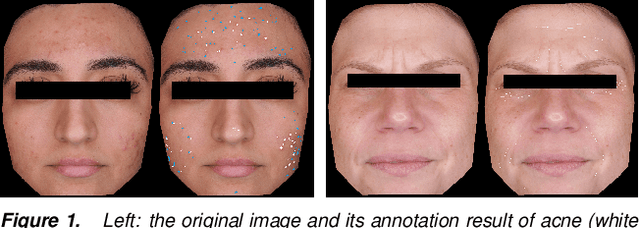
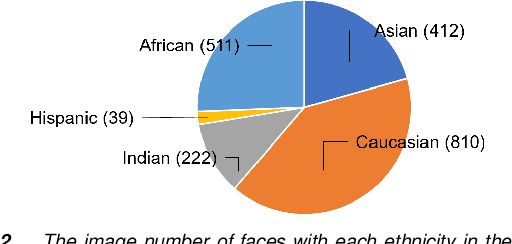
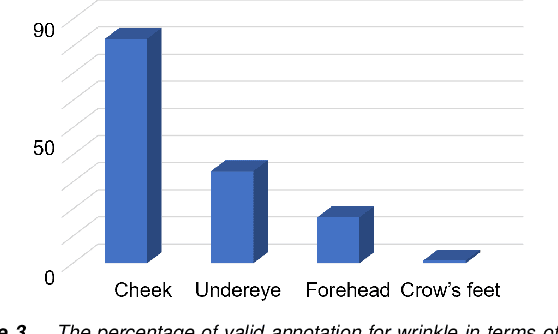
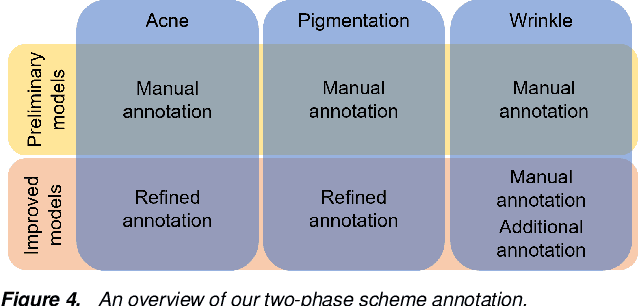
Abstract:Automatic assessment and understanding of facial skin condition have several applications, including the early detection of underlying health problems, lifestyle and dietary treatment, skin-care product recommendation, etc. Selfies in the wild serve as an excellent data resource to democratize skin quality assessment, but suffer from several data collection challenges.The key to guaranteeing an accurate assessment is accurate detection of different skin features. We present an automatic facial skin feature detection method that works across a variety of skin tones and age groups for selfies in the wild. To be specific, we annotate the locations of acne, pigmentation, and wrinkle for selfie images with different skin tone colors, severity levels, and lighting conditions. The annotation is conducted in a two-phase scheme with the help of a dermatologist to train volunteers for annotation. We employ Unet++ as the network architecture for feature detection. This work shows that the two-phase annotation scheme can robustly detect the accurate locations of acne, pigmentation, and wrinkle for selfie images with different ethnicities, skin tone colors, severity levels, age groups, and lighting conditions.
 Add to Chrome
Add to Chrome Add to Firefox
Add to Firefox Add to Edge
Add to Edge